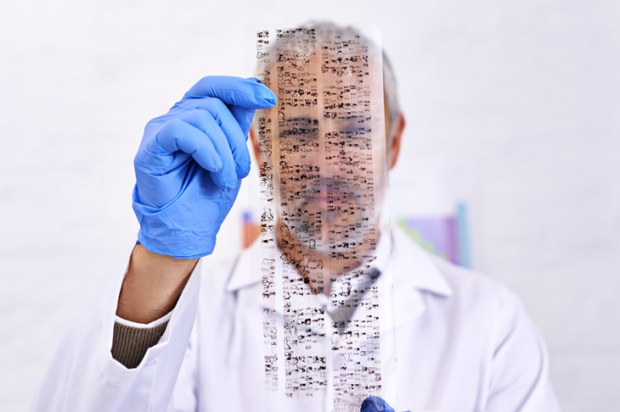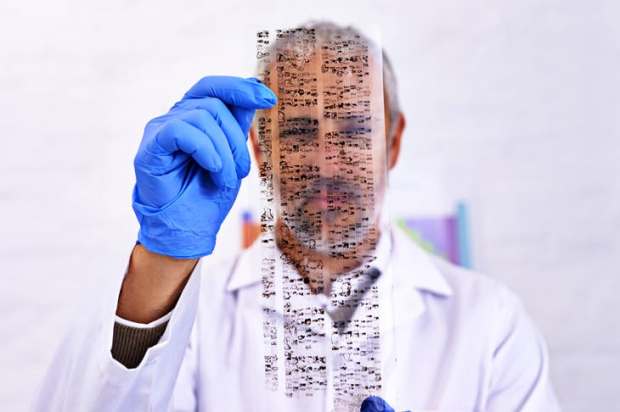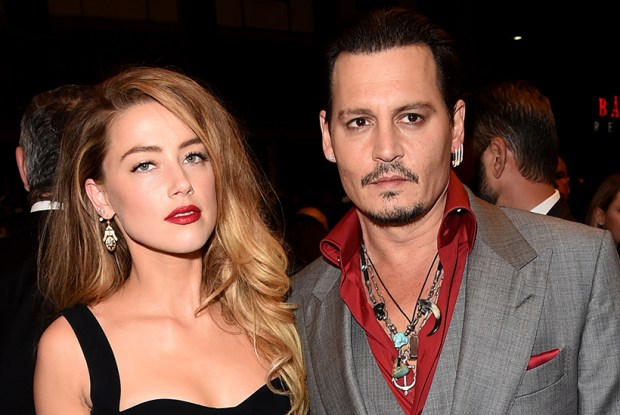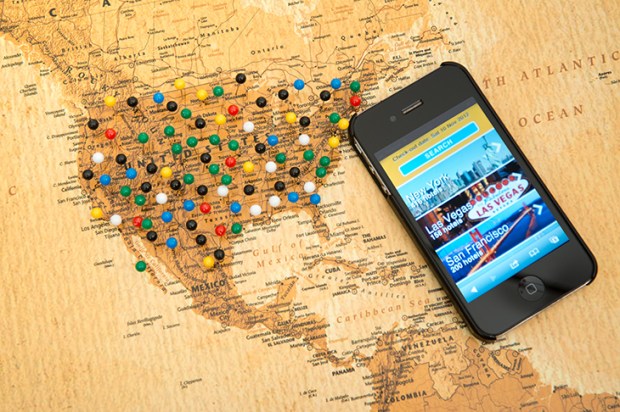I have seen the future — your future if you’re rich enough or brave enough to embrace it — and I have to tell you, it’s weird.
Imagine this: it’s 2025 and you’re getting on, feeling your knees a bit. You’re bending over one day to pick up junk mail when you feel a terrible pain in your chest. You call 999 and within the hour (in this ideal world) you’re in hospital under the knife. But this isn’t heart surgery you’re having, it’s bottom surgery: the doctor’s taking a chunk of fat from your bum.
Have they made a terrible mistake? No they have not. While you lie in your bed coming round, elsewhere in a lab scientists are sifting through the fat calls, looking for special regenerative ones and starting to reprogram them — to cajole them (don’t ask me how) into becoming new young heart cells.
That done, your future doc walks over to a glass box containing what looks like a printer, but one that squirts living cells instead of ink. The doc presses start and the machine begins to drop the newly made heart cells in place, building them up in layers. Just 24 hours later, there in the glass box is a heart: a whole, bloody beating heart; your own second, spare-part heart ready for transplant.
Before your children have even made it to the hospital with flowers and a Kindle, you’re in theatre again and the surgeon is swapping your dicky ticker for this freshly printed one. Before the month is out, you’re frisking about, good for another half century, and how your kids feel about that is neither here nor there.
Do you believe that? I didn’t at first — it took a lesson in basic biology before I understood quite how possible it is. Did you know, for instance, that each muscle cell in your heart has its own heartbeat? If I took five or six cells from your heart and spaced them out on a slide under a microscope, I’d see the little things convulsing like fish out of water. Second (and this is what seems to me miraculous) if I then pushed those cells together so that they touched, their different beats would start to synchronise: the cluster of cells would recognise each other and begin to beat as one. In front of me, in effect, would be a little scrap of your living heart. I hadn’t quite understood, I don’t think, the longing of living cells to pull together. It’s not scientists who’ll print a heart really come 2025, it’s the cells themselves obeying their own internal orders.
Around the world there’s a quiet but intense competition going on to print the first heart — a heart race like the moon race. And as with the moonshot, America’s in the lead. The Neil Armstrong figure here is a very gung-ho-sounding professor called Stuart K. Williams at the University of Louisville, and the reason I set your heart attack in 2025 is because that’s when Stuart’s claims he’ll be ready to print: ‘America put a man on the moon in less than a decade. I can print a heart in that time.’ He adds: ‘And I said a full decade to provide some wiggle room.’ He’s a bit of a cowboy, Stuart K.
Hot on his heels is Dr Doris Taylor at the Texas Heart Institute in Houston, or Dr Frankenstein as she is affectionately known. Dr Doris doesn’t aim to start from scratch; she begins by taking a heart from a cadaver, then washes it free of its previous owner’s cells, leaving a white heart-shaped ‘skeleton’ of collagen behind — ghost hearts, these are called, for more reasons than one. Dr Doris plans to coat these collagen skeletons with a transplant patient’s newly minted, living heart cells. I think of Dr Doris sometimes in her Houston lab surrounded by ghost hearts, willing them to beat.
Also thinking of Dr Doris, I’ll bet my bottom dollar, are today’s elderly billionaires. Will the new hearts be ready before theirs give out? Warren Buffett for instance will be 95 in 2025; Rupert Murdoch 94. Even that irrepressible goblin Sir Richard Branson will be heading for 80 and it’s inconceivable that he’s not up to speed with, or perhaps investing in, the very latest immortality tech.
It’s this, if anything, that puts a dampener on my enthusiasm: what if heart printing becomes the preserve of billionaires? What if the already extraordinary gap between rich and poor deepens into a divide between those who live for centuries and those who don’t? Imagine a world in which the same wizened few make the same headlines decade after decade, as more mortal mortals rise and fall around them.
Best not dwell on that, I suppose, and there are already good reasons to be cheerful about this new ability to print with cells. Soldiers with awful injuries can now have their own new skin printed right there in a field hospital — and the skin will graft perfectly because it’s their own.
It’s a safe bet that soon we’ll all be testing our meds on tiny living patches of our own heart, liver, kidney. No more pesky side effects for you — and think of the great boon to mice. It’s a depressing business reading medical science: ‘Heart attacks induced in week-old mice showed…’ ‘The same mice, if exposed to radiation…’ ‘Grow a tumour on a baby mouse brain and…’ A world with no need for animal testing has got to be a better one.
Just I was coming round to this version of the future, and the thought of a centuries-long life, the unstoppable Stuart K. threw spanner in the works. He said in an interview: ‘Dare I say the heart is one of the easiest organs to bioprint? It’s just a pump with tubes you need to connect. A kidney is much more complex… and then the brain!’ The brain? What does that mean? Could you ever print a brain? Whose self would inhabit a printed brain? Some futures are perhaps best left alone, for the present.
Got something to add? Join the discussion and comment below.
Get 10 issues for just $10
Subscribe to The Spectator Australia today for the next 10 magazine issues, plus full online access, for just $10.
Mary Wakefield is The Spectator’s deputy editor.
You might disagree with half of it, but you’ll enjoy reading all of it. Try your first month for free, then just $2 a week for the remainder of your first year.














Comments
Don't miss out
Join the conversation with other Spectator Australia readers. Subscribe to leave a comment.
SUBSCRIBEAlready a subscriber? Log in